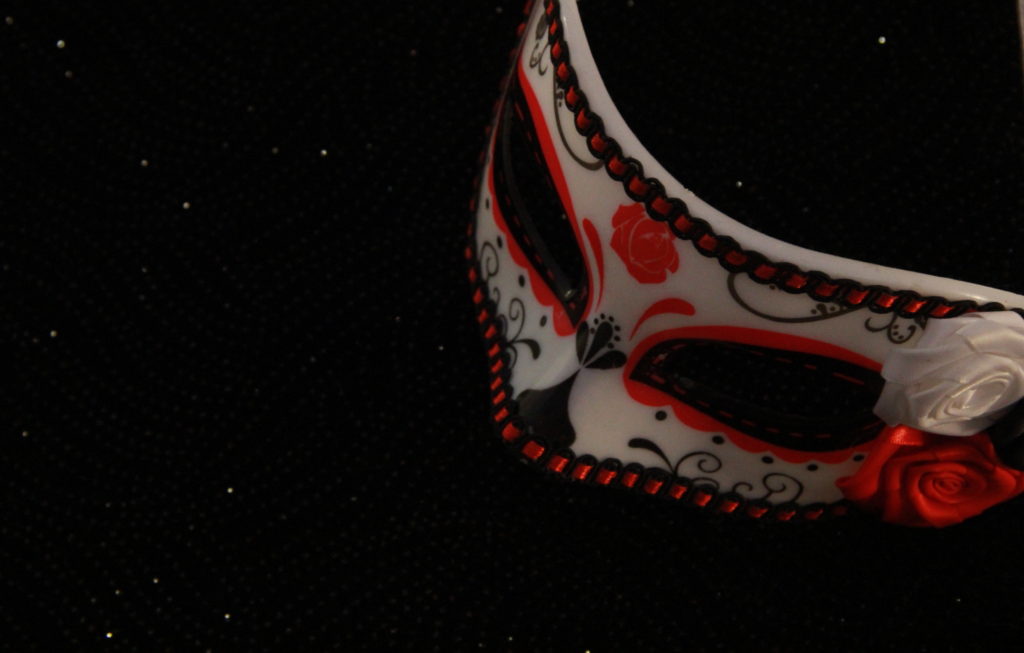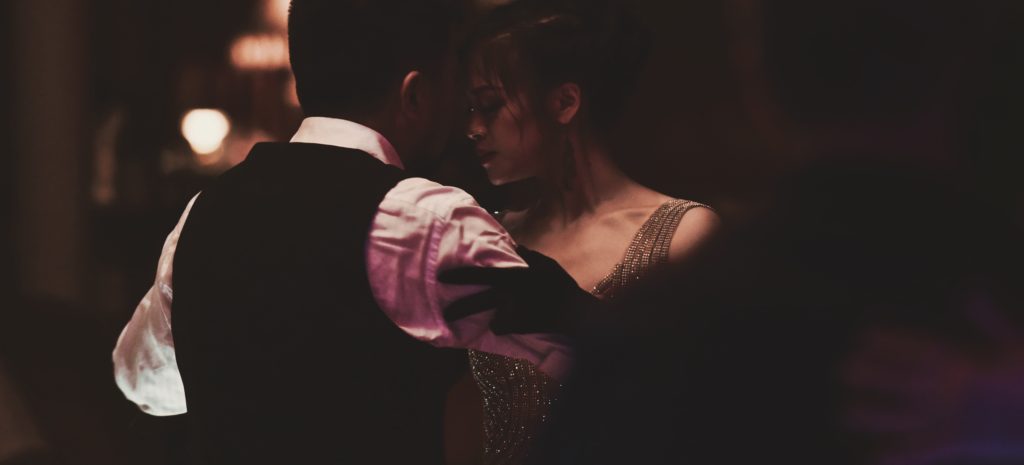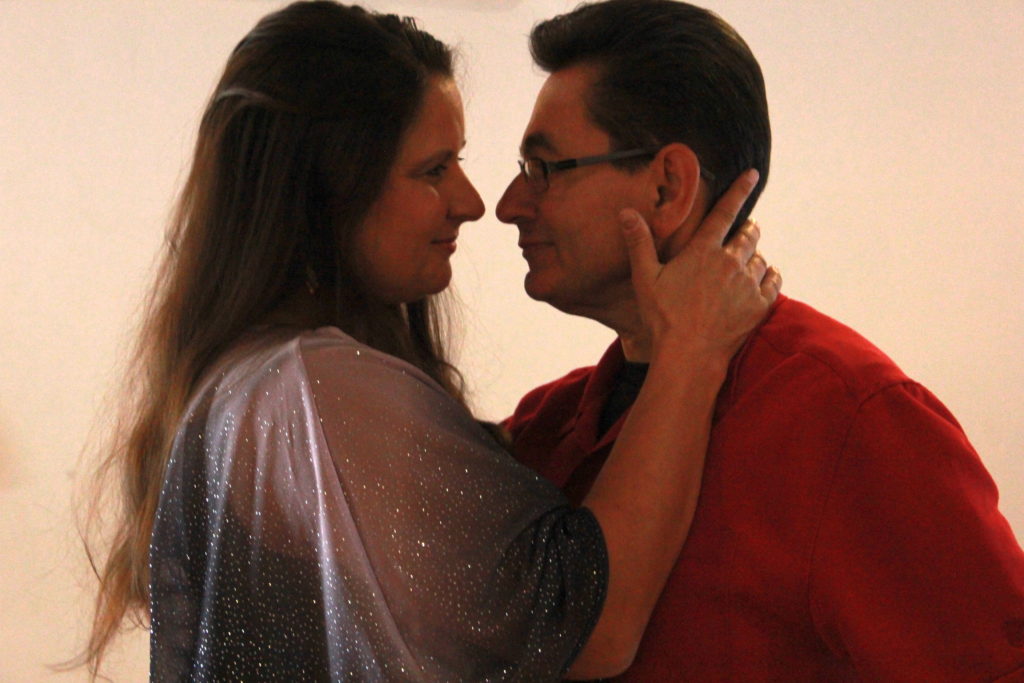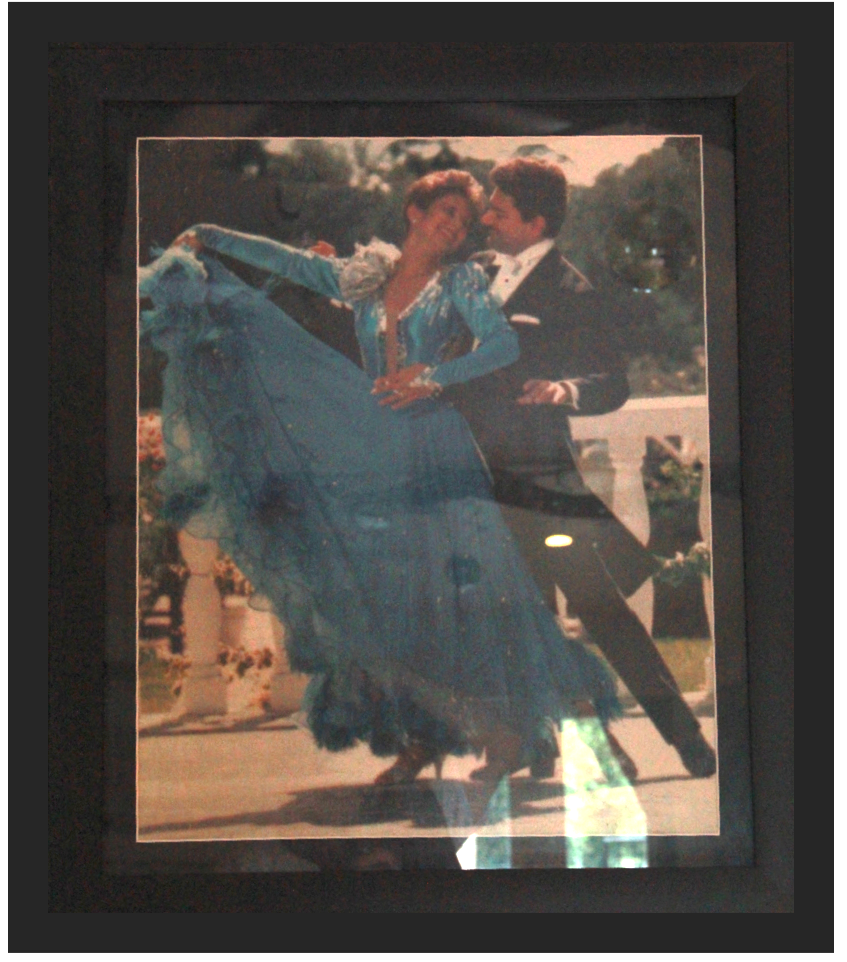
In 1998, tango arrived in Orlando in the form of a Colombian dancer named Alberto Hoyos and his Indiana-with-Albanian-descent wife, Selena Hoyos. For them, tango is a healing way of life.
The undefinable nature of tango
Although in popular understanding tango is an Argentinian dance, there is more to it than just a two-word definition. According to Princeton Anthropologist Julie Taylor on her 1987 article Tango, “Argentines had invented the tango in the brothels on the edges of Buenos Aires as it thrust its slums ever further into the pampas at the turn of the [20th] century.” Furthermore, she states “The dancers demonstrated their skill [performing] like somber automatons, providing them with psychic space to contemplate a bitter destiny that had driven them into themselves.”
Under the intellectual and anthropological lens of Julie, the tango is a manifestation of the “intensity and depth of Argentine feelings of insecurity” while hiding such feelings under an impenetrable and “aggressive façade (…) a self-definition whose very essence is doubt.”
This mask of strength was necessary when Buenos Aires grew uncontrollably, since the pamperos, at first used to a life in the country side, now had to adapt to the city, a city that came to them, that imposed at their doorsteps. This is how the pampero turned into the tanguero: “a sensitive and vulnerable being in a life that forces him” to wear the mask of “the experienced, polished, suave and clever man of the world. Idealistic but not gil” and obsessed with el qué dirán.

According to Julie, “The city center represents wealth, success, fame –a chance to climb the social ladder at the price of the human values left behind” at the barrios, where mother instilled sharing time with friends and family drinking “mate under grape arbors” after playing fútbol. “The tangos often sing of the man who comes back to his barrio with the hope that it might have escaped change”. The tango is the sung lament of a broken hope to regain the lost memories, the unforgettable nostalgic past before the first betrayal of the self: leaving behind who one is to become someone who one is not in a constant aspiration to be someone else but oneself.
At this height the tango becomes a dance of masks, where men are victims of their own hopeful innocence and women are masters of betrayal dressed in frailty and seduction. Tango becomes the representation of a struggle between naïveté masked in savoir-faire and calculation masked in devotion, and whoever remains faithful to their mask comes out victorious. Hence, tango is more than just a dance, it is a melancholic philosophical quest of what life, suffering and love are, but most importantly, tango is a way of life.
On the other hand, for tangueros Alberto and Selena Hoyos, tango is the opposite when it comes to the masks. For them, tango is a way to drop all types of masks, to allow the inner self to liberate from pain and suffering, it is a way to discover the true self and embrace who one is in order to become the best one can be. For them, tango is medicine for the heart, mind and spirit. In essence, tango is a way to heal one’s life.
Meeting up

Selena started dancing as a kid at her farm in Indiana, where she “grew up with zero TV and no culture around.” She danced ballet, baton, jazz and tap while growing up and became part of the drill team during high school and college, cheering the crowd in half-time shows at ball games. However, she felt her calling was in partner dance, even though she knew very little about it.
Selena’s family moved to Sarasota, Florida where she began her Associate in Arts degree in Manatee Community College. When the movie Dirty Dancing came out, a girl friend invited her to watch it together. When Selena saw the partner dance in the film, she said “Ah, that’s the dancing!” And her friend said “Oh, well, go to Arthur Murray’s and they’ll teach you.” She followed her friend’s advice and when she demonstrated her skills at the dance studio, they took her in as a teacher instead of as a student.
After a while, Selena decided to move to Orlando in order to pursue her dancing, acting and modeling career, and continue her training at Fred Astaire’s, “And that’s what caused our little intersection in life,” she said referring to Alberto, pointing at him with her eyes.
Meanwhile, Alberto had gained the nickname El Bailarín from his family, “If I had my baby bottle and music started playing, I would fling it in the air and start dancing.” He was inspired by his grandparents who were well-known in Bogotá for dancing tango, hosting milongas and promoting social gatherings for listening to the Argentinian melodies. Alberto acquired his first skills dancing at family parties from beginning to end.
In the States, while going to college, he saw an ad for Fred Astaire’s dance studio promoting the first lesson for free. “I knew everything about Fred Astaire, I had watched all his movies and knew all his steps, so I thought it was time to go learn from the best.”

He went to the studio with the purpose of learning tango, but they showed him everything but tango. When he asked again, they said they didn’t offer it, but asked for a demonstration of what it was all about. He showed them what he knew, and the manager told him in his office “We want you to come and teach argentine tango.”
At that time, he juggled with college, dance and security guard shifts since he was paying for his own tuition. He would wake up at six, arrive in school at seven, study until three, enter the dance studio at four, dance until ten, begin the night guard shift at eleven and arrive home at three. His dad noticed he was barely sleeping three hours and gave him an ultimatum: he either quit dancing or left the house. Alberto said his grades were good, so there was no reason for him to stop dancing. His dad said, “Quit or leave” and Alberto answered, “When you come back tonight, I’ll be gone.”
He slept in his car for the first couple of weeks and carried on with his routine, but soon realized he couldn’t continue at that rhythm without burning out, so he decided to quit school: “I wanted to heal people, but I knew medicine wasn’t the way.” He grew as a dancer at Fred Astaire’s and opened his own franchise in Lakeland with a business/love partner that ended in her taking all his money but not his dignity.
“One day the owner of a franchise in Longwood called me up and said ‘Hey, Alberto, do you think you can come up to teach my teachers how to do lifts?’ I said ‘Sure, I’ll come up.’ When I arrived, my eyes zoomed into Selena, and I asked her if she would help me with a demonstration. She said she’d never done that before and I said, ‘Don’t worry, I gotcha.’ I took her, brought her into me, picked her up and I haven’t put her down yet. Now we have three children: Alejandro, who was born on December 11, the international day of tango, Elena, our princess and Emilio, our futbolista.”
Partners in Dance

Alberto and Selena partnered up and began dancing in convention centers promoting Tracoman lights, livening up McDonald’s congresses for the Latin American division and teaching people about Latin dances and culture. In 1996, after 18 years for Alberto, they decided to retire from Fred Astaire’s because “the studios focused on teaching steps while we brought out the dancer within. We help people understand their body. We have studied extensively nutrition, how the body works, how the mind develops. We’ve taken the body as a whole and put this in dance.”
Furthermore, they wanted to reach out to the masses and in the studios it wasn’t possible, because they were too expensive and mainly aimed at people who wanted to engage in competition. “We formed our production company and started teaching in nightclubs, YMCAs, sportsplexes, even club houses at developments, wherever we could reach the masses and teach cost-effective for people rather than private lessons.”
At a crucial stage of their entrepreneurial endeavor, they taught Lindy Hop seven days a week at Disney’s Atlantic Dance Hall. Teaching from a stage with easy-to-follow instructions combined with a bit of humor became their staple. They also entertained in all sorts of conferences, from lawyers to accountants to politicians, their grace and outgoing nature won the hearts of the crowds, led people out of their oysters and made dancing fun even for those who had always avoided the dance floor due to fear and embarrassment.
The medicine of tango

Selena and Alberto started dancing tango in Orlando in 1998. They began in an Argentine Grill where the customers thought they were the owners. They later on went to dance in Café Tu Tu Tango where they developed their own non-verbal communication skills. Alberto was going through a rough patch, but tango began to heal him. “You don’t choose tango, tango chooses you. And once you’re chosen, all the aspects in your life start to change. You not only improve in dancing, but your personal relationships improve, you’re income gets better, you lose your fears, you turn into a better you, your inner self blossoms. Tango heals you from within, out.”
According to Selena, tango allows the left and right lobe to communicate, “connect the logical brain with the creative brain, which helps being in tune with your emotions. For us, Argentine tango is the king of freedom and is the opportunity to build non-verbal communication at its finest.”

Selena and Alberto built a thriving tango community in central Florida, and people from Atlanta, Miami, Tampa, Jacksonville and other places would come down to the milongas they hosted once a month. Unfortunately, they left to tour the world, showcasing Latin dances in Albania, made seventh place in their first tango world competition in Italy representing USA, visited Argentina to dance in the cradle of tango, stopped in Bogotá and danced in Medellín, the city that saw Carlos Gardel die tragically in an airplane crash, while the tango community in Orlando dissipated, and turned into isolated meet ups fighting for clientele.
Since they believe tango is made to unite people instead of separating them, they decided to move on with their teaching and opened up a dance studio in Ocoee, where they serve all ages in a family environment. They also host weekend couple retreats in which they help reignite the passion and love of couples. Furthermore, they are dance life coaches, empowering people with the acceptance of who they are, helping them understand their bodies and propelling them to become the best they can be. Finally, they host a Latilonga at their studio every third Friday of the month which includes a complimentary tango lesson. They are currently working to rebuild the tango community in Orlando and Central Florida and are calling forth union for they believe “Community is what makes us stronger.”

You may also like
-
Vannessa Castellanos, la Estrella de Quoteasy
-
Lina Torres Trae a Broker Hub Realty Group: Su Mejor Aliado Para Invertir en Bienes Raíces en USA
-
Latinpro Insurance: Líder en seguros para la comunidad latina en EE. UU.
-
Fechas Límite para Radicar Planillas con Extensión: Corporaciones S, Individuos y Corporaciones C
-
Experience Kissimmee Lanza la Segunda Temporada de “The Kissimmee Experience”
















